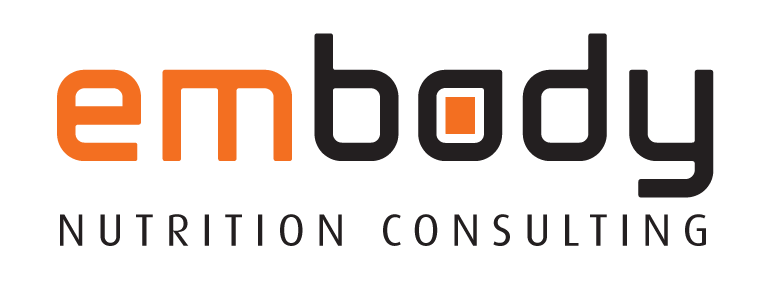In this article we are looking at packaged foods and what to look for on the label. Ideally, our diets would be made up mostly of unpackaged foods (ie. Fruits, vegetables, lean meats, nuts, seeds etc). But In reality, we do consume some packaged foods in our day to day diet and that is ok! Not all packaged foods are unhealthy and knowing what to look for is a really great start in picking the right ones.
Every packaged food is required by law to tell us a few different things about a product. Let’s have a look at what these are…
Ingredients
The ingredients in the product must be listed in order of largest to smallest, according to weight. This can be really useful to check out, just to make sure that the product you are looking at contains some good quality ingredients and that they are mostly at the top of the list.
Allergy Information
If a product contains any food that may cause an allergic reaction (such as peanuts, tree nuts, sesame seeds, eggs, fish, shellfish, soy, lupin and wheat), our Food Standards Code required them to be declared on labels whenever they are present either as an ingredient, or as a compound of food additives or processing aids.
Gluten containing cereals also need to be declared so that people with Coeliac disease and other cereal allergies can easily identify these products. If a product is labelled Gluten Free on the front of its package, there is no need to check the ingredients as it has to comply with the standards in Australia to be able to claim this!
Nutrition Information
The Nutrition Information Panel on any food product will tell us the nutrients contained in both a standard serving size of that product, as well as what you’ll get per 100g.
When comparing two different products, it is usually recommend that you use the per 100g column, as serving sizes will differ between brands. For example, one tub of yoghurt may have a standard serving as 90g and another may have a standard serving as 120g. With a product like this, you will usually just eat the amount that you feel like, rather than measuring out the specific serve they have recommended – thus comparing per 100g makes sense!
In the case of something like a muesli bar though, where you will definitely just eat one of their serving sizes (because they come individually wrapped), you could then compare per serve.
The label will tell us the energy (calories or kilojoules), protein, fat, saturated fat, carbohydrates, sugar, fibre and sodium in the product. You can grab our handy label reading guide HERE, which will give you a really good idea of what to look for on a label for each of these nutrients.
Different people, depending on their goals or health conditions, will need to focus their attention to different nutrients on the information panel.
If the goal is fat loss, then looking at the energy in food is key.
If someone has diabetes, then it is important to look at the carbohydrates in food.
For general health, it can be important to factor in the energy of the food as well as the protein content and fibre.
We have attached our handy guide for you to use when looking at food labels but it is important to note that it is just a guide and not gospel! You need to keep in mind the nature of the product you are looking at and what you might expect to find in there.
For example, not every product needs to be super high in protein (you don’t really need to be getting a lot of protein from your cereal or bread – they are carb based foods and a focus on wholegrains is better than one on protein).

